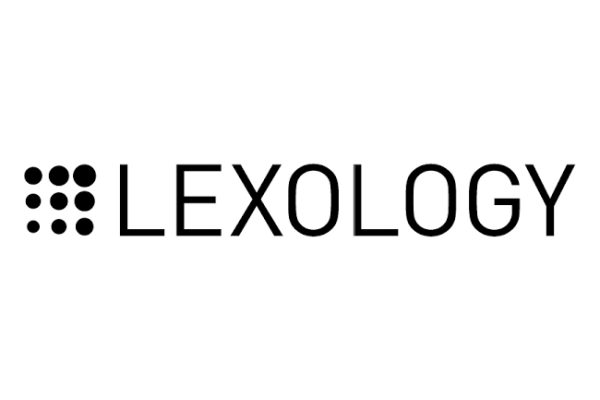New regulation aims to combat spread of Asian and Japanese gypsy moths
Introduction
On 12 April 2021 a new regulation entered into force to combat the risk of Asian and Japanese gypsy moths being transported into Argentina. The new regulation addresses the requirements for vessels which have been to certain regions of concern in the past 24 months.
According to the regulation, vessels will have to submit a certificate issued by a competent authority if the last port they visited was a region of concern according to the regulation. The certificate must be in English or Spanish and contain the following statement:
The vessel [vessel name], the IMO [IMO identification], was inspected and is considered to be free from Asian Gypsy Moth (AGM) or Japanese Gypsy Moth (JGM).
The certificate must contain the same information as would be provided in the certificate that the National Service of Agri-Food Health and Quality would issue in Argentina upon an inspection.
According to the regulation, the regions of concern and the relevant dates of visitation are as follows.
East Russia
Any vessel which has, in the past 24 months, harboured in any of the below ports between 15 July and 25 September:
- Petropavlovsk-Kamchatskiy;
- Vanino;
- Nevelsk;
- Kholmsk;
- Korsakov;
- Kozmino;
- Slavyanka;
- Posiet;
- Zarubino;
- Vostochny;
- Nakhodka; and
- Vladivostok.
China
Any vessel which has, in the past 24 months, harboured in any Chinese port between 1 June and 30 September.
Korea
Any vessel which has, in the past 24 months, harboured in any of the below ports between 1 June and 30 September:
- Busan;
- Jinhae;
- Masan;
- Tongyeong;
- Jangseongpo;
- Okpo;
- Gohyeon;
- Incheon;
- Pyeongtaek-Dangjin;
- Daesan;
- Taean;
- Donghae-Mukho;
- Okgye;
- Hosan;
- Ulsan;
- Pohang;
- Gwangyang;
- Hadong;
- Samcheonpo;
- Yeosu;
- Gunsan;
- Mokpo; and
- Boryeong.
Japan
Northern Japan
Any vessel which has, in the past 24 months, harboured in any of the below northern Japan ports between 1 June and 30 September:
- Aomori;
- Fukushima;
- Hokkaido;
- Iwate; and
- Miyagi.
Western Japan
Any vessel which has, in the past 24 months, harboured in any of the below western Japan ports between 25 June and 15 September:
- Akita;
- Ishikawa;
- Niigata;
- Toyama; and
- Yamagata
Eastern Japan
Any vessel which has, in the past 24 months, harboured in any of the below eastern Japan ports between 20 June and 20 August:
- Aichi;
- Chiba;
- Fukui;
- Ibaraki;
- Kanagawa;
- Mie;
- Shizuoka; and
- Tokyo.
Southern Japan
Any vessel which has, in the past 24 months, harboured in any of the below southern Japan ports between 1 June and 10 August:
- Ehime;
- Fukuoka;
- Hiroshima;
- Hyogo;
- Kagawa;
- Kagoshima;
- Kochi;
- Kumamoto;
- Kyoto;
- Miyazaki;
- Nagasaki;
- Oita;
- Okayama;
- Osaka;
- Saga;
- Shimane;
- Tokushima;
- Tottori;
- Wakayama; and
- Yamaguchi.
Okinawa
Any vessel which has, in the past 24 months, harboured in the Okinawa port between 25 May and 30 June.
Procedure for vessels from regions of concern
If a vessel has harboured in one of these regions, it must inform its Argentine agent 72 hours prior to its arrival in Argentina.
The government will assess the risks based on the certificates submitted by the vessel and the period when the vessel was in the region of concern. Based on the risk assessment, the National Service of Agri-Food Health and Quality may inspect the vessel before loading or discharging operations can commence.
The procedure consists of a visual inspection of at least 27 different areas on board vessels, in search of egg masses and larvae during their early life stages.
If egg masses are located, irrespective of species, the certified company will proceed to remove said masses from the vessel with scraping tools, collect them in containers and dispose of them in accordance with governmental recommendations: destruction by either boiling water or incineration.
US Department of Agriculture concerned about Argentine moth
A recent feeling of unease has been reported in the United States regarding the potential spread, migration and settlement of the paracles azollae – commonly known as the Argentine water moth – with regard to vessels outbound from Argentina.
One of the main concerns is that vessels that have recently called into Argentine ports may be carrying Argentine water moths. In this regard, information has been received reporting cases of Argentine water moths in vessels that departed from Argentina to North American ports.
To date, the National Service of Agri-Food Health and Quality has issued no regulation addressing the recent events involving Argentine water moths. However, the procedure currently in force to prevent the spread of Asian gypsy moths can be applied to Argentine water moths. Therefore, the vessel can obtain a certificate of inspection or removal of Argentine water moths which can eventually be submitted in the next port of call, if requested.

